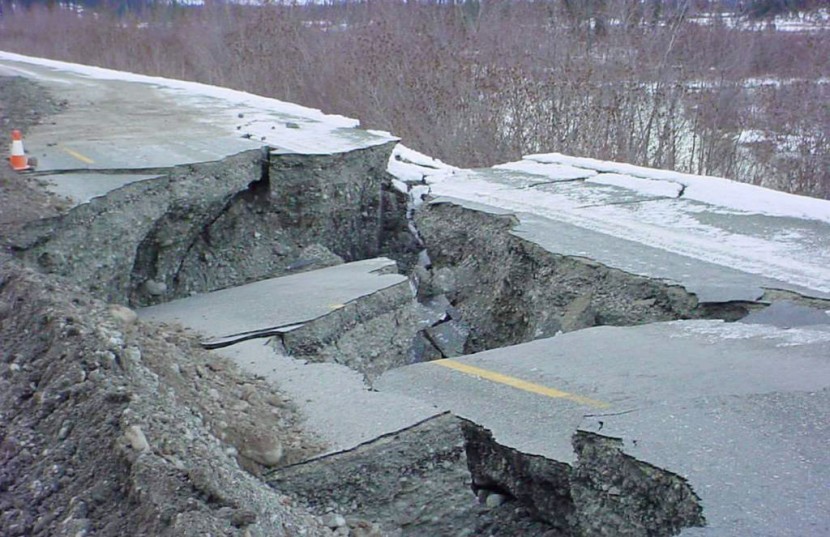
A 7.8 magnitude earthquake has struck off Alaska's southern coast that triggered tsunami alerts on Wednesday.
After the earthquake, residents moved to higher grounds immediately due to fears of a possible tsunami. No damages have been immediately reported in the state's sparsely populated area.
According to the US Geological Survey, the center of the earthquake was at 98 kilometers, or 60 miles, south-southeast, of Perryville Alaska. The quake was gauged shallow at around 10 kilometers, or six miles deep.
Michael West, Alaska State Seismologist, uttered that nearby communities along the Alaska Peninsula did not experience ground movement that was correlated with the quake's magnitude because of its geographical position.
However, this does not mean that the quake has not affected other areas. As stated by West, extreme shaking caused by the quake has been experienced by small-town residents within a hundred miles and that the quake was also detected more than 500 miles away in the Anchorage area.
In a statement by meteorologist Allison Chinchar, shallow quakes are anything that is below 70 kilometers. He added that regardless of the strength, shallow quakes oftentimes produce the most damage as compared to those deeper quakes, so it is important to know how deep a quake is, CNN reported.
As per the National Oceanic and Atmospheric Administration, a tsunami alert has been proclaimed after the earthquake. According to the Tsunami Warning Center, tsunami notice was intended for south Alaska and the Alaska Peninsula -Pacific coasts from Kennedy Entrance, Alaska that is located 40 miles southwest of Homer to Unimak Pass, Alaska.
Related article: Missouri Gov. Says Kids Will 'Get Over' COVID-19, Insists In-Person Classes Despite Risks
But early Wednesday morning, all tsunami alerts and advisories have been canceled after the magnitude 7.8 earthquake has produced a wave that is less than a foot, as per National Weather Service.
In an interview Sgt. Mike Sorter, Kodiak Police, said no reports of damages have been recorded, adding that everything is normal since there were no injuries.
Kodiak is around 200 miles northeast from the center of the earthquake.
Proclaimed tsunami alerts made coastal residents move to higher ground areas. Long lines formed by people fleeing to towns like Kodiak and Homer while tsunami sirens howled has been seen on social media posts. On the Island of Kodiak, evacuees have been catered by the local high school, which was also done by the local Catholic school, as reported by Anchorage Daily News.
Larry LeDoux, superintendent of the Kodiak School District, said the high school is filled with people and that he has been passing out masks after the siren first wailed, as reported by the Daily News. Before the tsunami alert was canceled, LeDoux articulated that around 300 to 400 people were all wearing masks and everything was as calm as can be.
According to the USGS, earthquakes are very likely to generate tsunami given that they are shallow, high in magnitude, and are thrust earthquakes. Earthquakes having magnitudes from 7.6 to 7.8 are possible to develop and produce devastating tsunamis.
Pedram Javaheri, a meteorologist, said at least 11 aftershocks with magnitudes ranging from 3.9 to 6.1 have been recorded after the 7.8 magnitude earthquake.
Related article: China Blows Up Dam to Release Flood Waters, Aims to Reduce Further Damages and Loss of Lives








